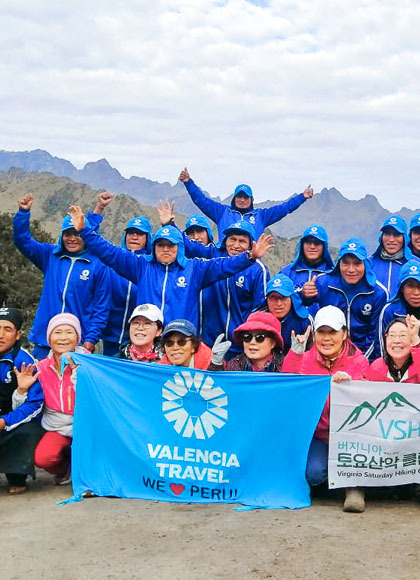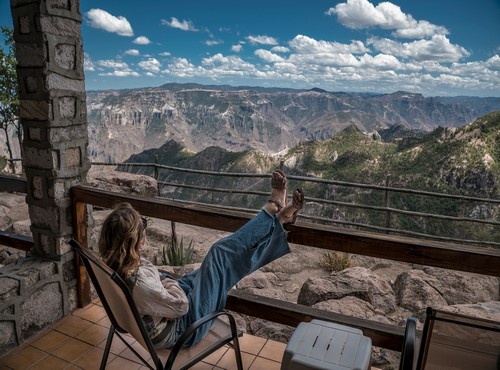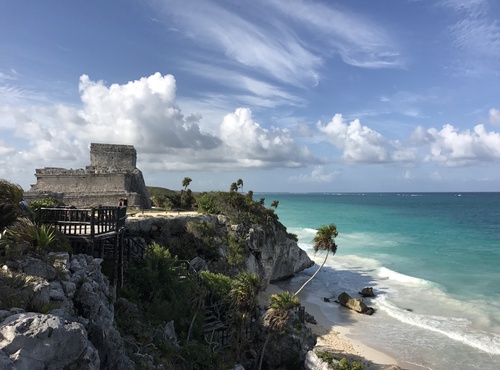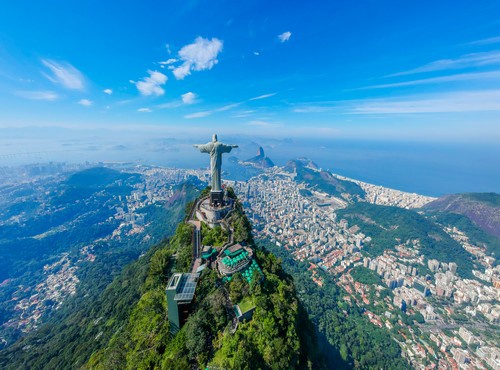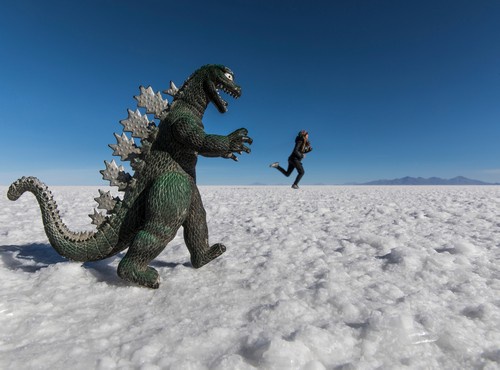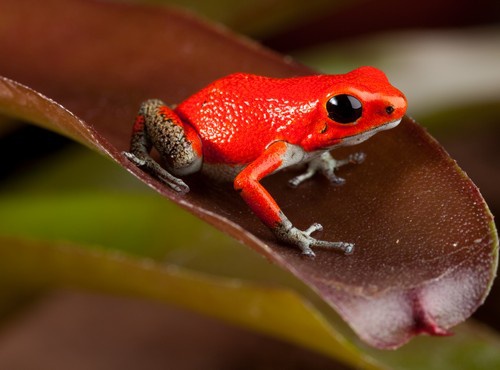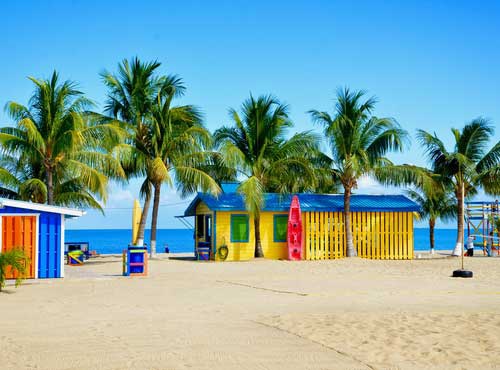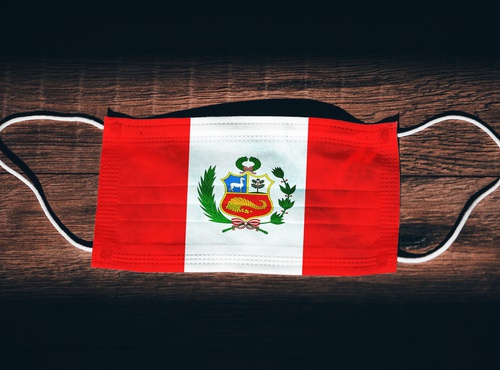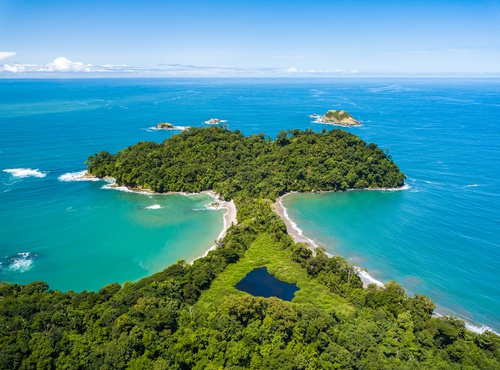
Written by:undefined undefined
Published: 27-09-2022
About a million tourists flock to the small country of Guatemala each year to visit Mayan ruins, colonial towns, and of course, the colorful Mayan markets, which are among the highlights of any visit to Guatemala. Although many visitors admire and purchase Mayan handicrafts and textiles, listen to marimba bands, and photograph colorful market scenes, few travelers venture a step further to visit Mayan villages and learn about the culture and way of life of the Mayan people. These visits give travelers the unique opportunity to go beneath the surface and experience the Mayan culture and way of life. In some areas, the local NGOs also collaborate with aid organizations, allowing visitors to volunteer while they stay in a village or with a Mayan family. NGOs offering cultural immersion programs operate in little-visited Guatemala and work with small communities. Experiencing the way of life of the local people is one of the main attractions of these programs, in addition to exploring Guatemala’s fascinating ecosystems, such as cloud forests, remote mountain valleys, dense rainforests, and mangrove-lined lagoons. Staying with a local family or at a village guesthouse is a great experience, but visitors should be aware of local conditions before going into remote areas.
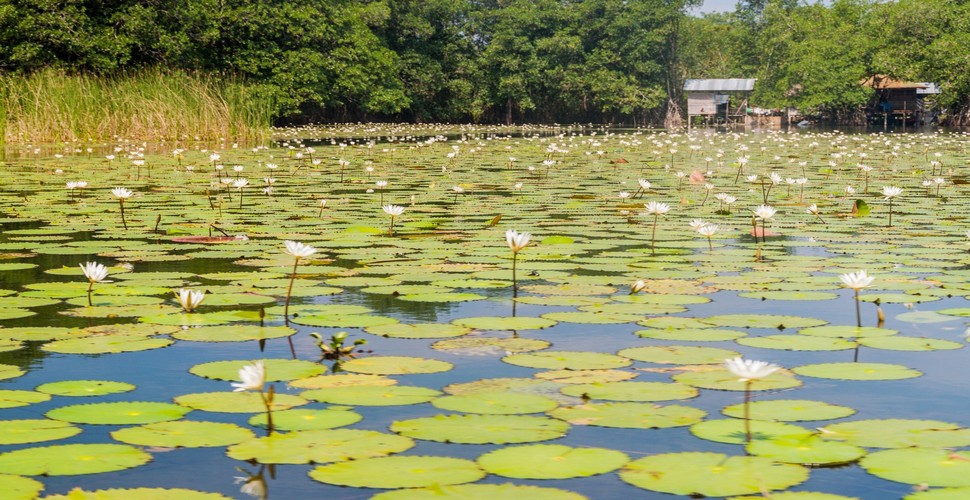
Jungle Region of Guatemala
Visits are located in areas of new settlements, primarily by Mayan people of different ethnic backgrounds who were displaced by fighting during the civil war. These families fled their home communities to remote mountain and jungle areas to start a new life. Many of these villages are less than 20 years old and receive very little government aid for infrastructure and development. The forests, rivers and lakes are the primary sources of income and livelihood, and growing deforestation, overhunting, and over-fishing have an irreversible impact on the fragile local ecosystems. In some regions, the local village communities are paid by the national parks administration to maintain and protect small forest reserves that act as buffer zone to adjacent national parks. This stewardship program is one of the few sources of income for many communities, in addition to many crash crops such as cardamom, corn, and beans. Although the small number of foreign visitors does not significantly impact the local economy, they still contribute positively to preserving the natural environment through their visit. Hikes and excursions to natural wonders are among the main attractions of many community tourism projects, and your visit encourages the continued protection and sustainable use of the local ecosystem. Staying in a remote village is not only a great cultural experience but also gives the locals further incentive to protect their ecological treasures that attract visitors and bring income to the community.
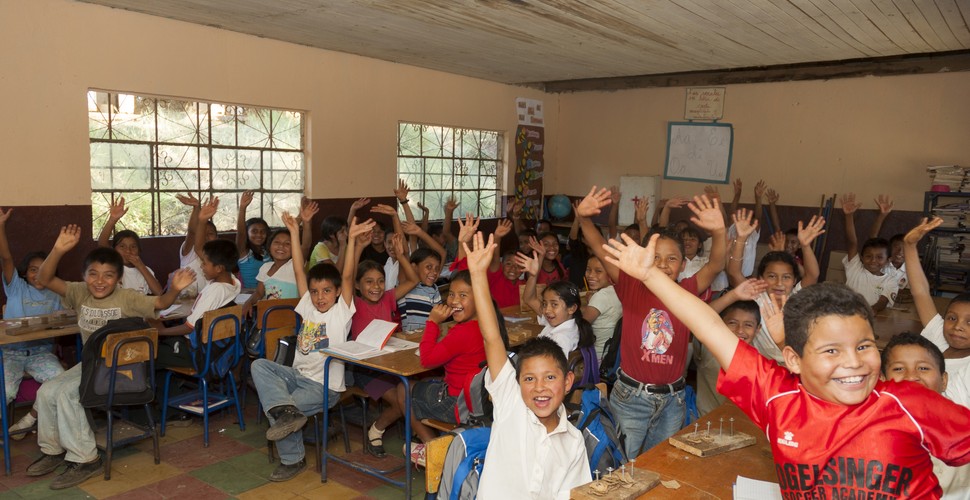
School Children in Chutiapa
What to Expect
Most NGOs offering cultural immersion programs operate in lesser-visited areas in Guatemala and work with small communities. Experiencing the way of life of the local people is one of the main attractions of these programs, in addition to exploring Guatemala’s fascinating ecosystems, such as cloud forests, remote mountain valleys, dense rainforests, and mangrove-lined lagoons. Staying with a local family or at a village guesthouse is a great experience, but visitors should be aware of local conditions before going into remote areas. Road conditions to remote villages are usually poor, and you will travel at least part of the way on dirt roads. Expect to spend several hours in a small and crowded minivan with other villagers, their children, chickens, and produce. Not all villages have electricity, and connections to the outside world are often complex. There may only be one telephone in the town, and in smaller communities, there is only one daily bus or van back to town.
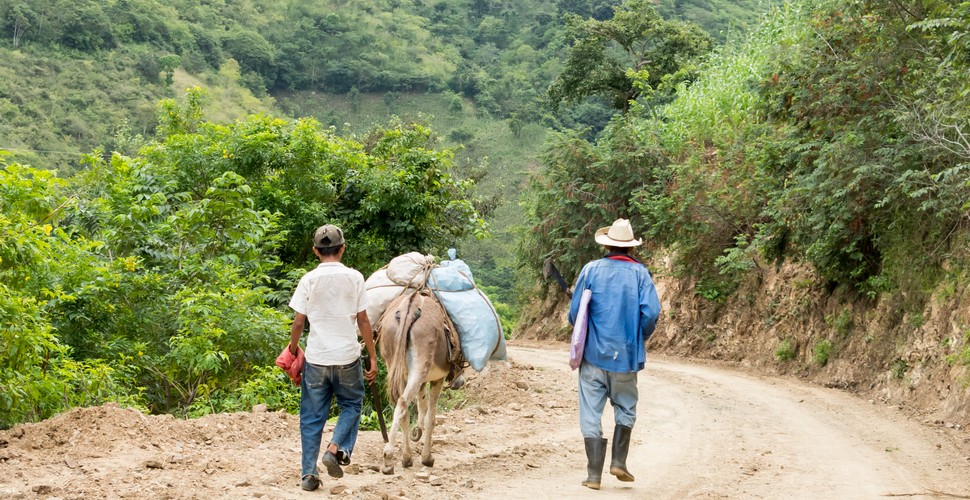
Rio Dulce
The Benefits of your Visit
Many village stay programs are located in new settlements, primarily by Mayan people of different ethnic backgrounds and Mayan people of different ethnic backgrounds who were displaced by fighting during the civil war. These families fled their home communities to remote mountain and jungle areas to start a new life. Many of these villages are less than 20 years old and receive very little government aid for infrastructure and development. The forests, rivers and lakes are the primary sources of income and livelihood, and growing deforestation, overhunting, and over-fishing have an irreversible impact on the fragile local ecosystems. In some regions, the local village communities are paid by the national parks administration to maintain and protect small forest reserves that act as buffer zone to adjacent national parks. These programs are one of the few sources of income for many communities, in addition to many crops such as cardamom, corn, and beans. Although the small number of foreign visitors does not significantly impact the local economy, they still contribute positively to preserving the natural environment through their visit. Hikes and excursions to natural wonders are among the main attractions of many community tourism projects, and your visit encourages the continued protection and sustainable use of the local ecosystem. Staying in the village is not only a great cultural experience but great cultural experience, but it also gives the locals further incentive to protect their ecological treasures that attract visitors and bring income to the community.
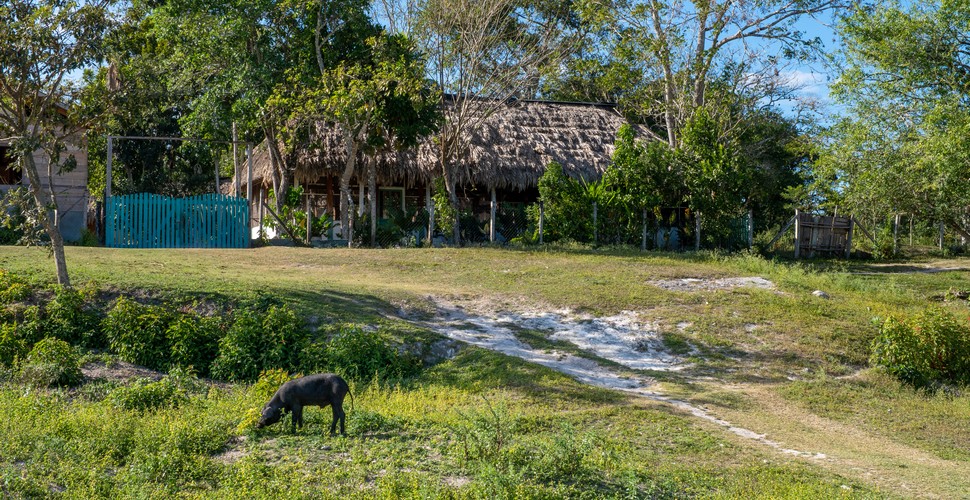
Village in The Mayan Jungle
Where to Go
To experience the Mayan culture and way of life, travelers need to be prepared to leave the Gringo trail and venture into Guatemala's remote and little-visited. Although access is often time-consuming and challenging, visitors will be rewarded with a rich experience of the diverse ethnic groups that comprise Guatemala’s Mayan population. Below I have listed several regions in Guatemala where NGOs help native villages with community tourism projects.
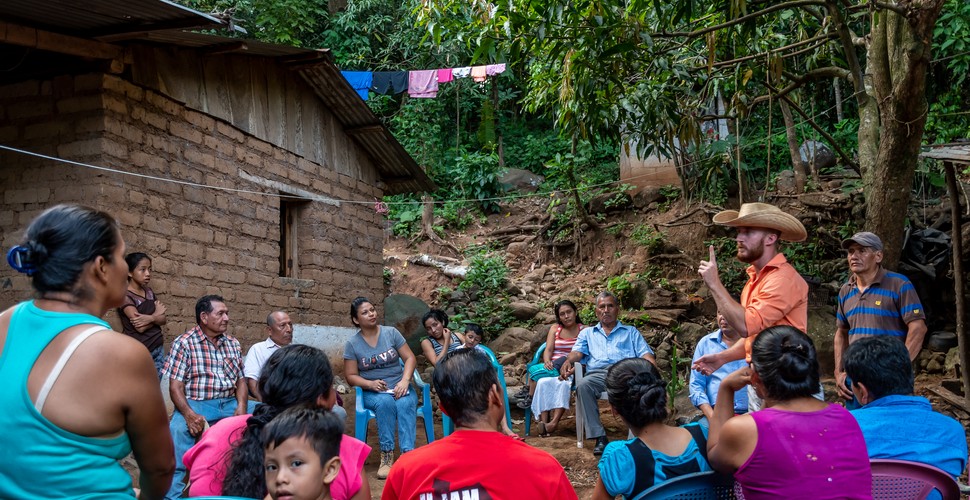
NGO Meeting
The Cuchumatán Mountains
The Cuchumatán Mountains are one of the fascinating regions in Guatemala to experience local Mayan life. The imposing mountain range stretches across northern central Guatemala. It is home to many small towns and communities, where visitors can get a first-hand experience of the daily life of the local population and their culture. This area was strongly affected by the Guatemalan civil war when many villagers were displaced by the fighting between the Guatemalan army and guerrilla groups. Life is slowly returning to normal, but the remote mountain communities are economically underdeveloped and lack many services. The town of Nebaj is an excellent base to organize a stay in a local village.
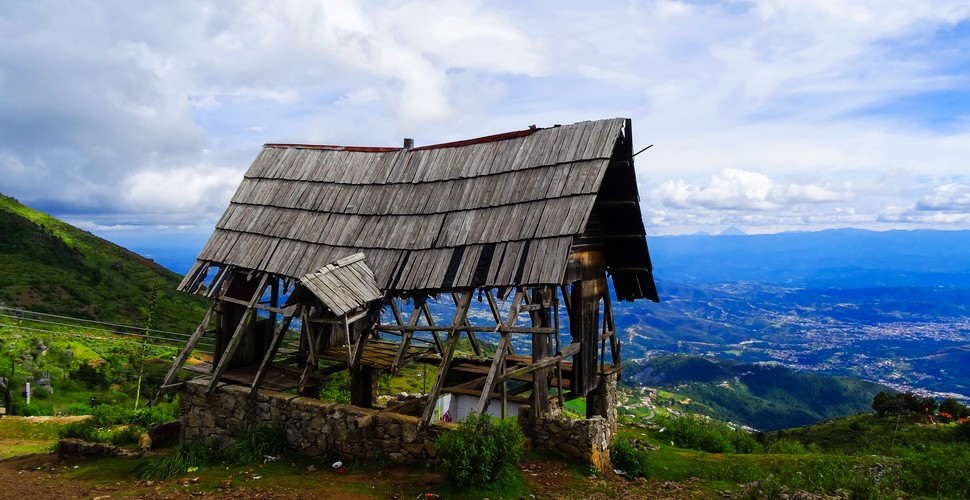
Cuchumatán Mountains
The Rainforest of Petén
Petén, Guatemala’s northernmost department, is a low plain at the southern tip of the Yucatán Peninsula. It is covered with dense rainforest and is a sparsely populated region. Besides tourism to the famous Mayan ruins of Tikal, there is little tourism development and infrastructure. Several NGOs and community projects offer stays in Mayan villages to experience the local culture, visit remote Mayan ruins, and explore the region’s rich fauna and flora.
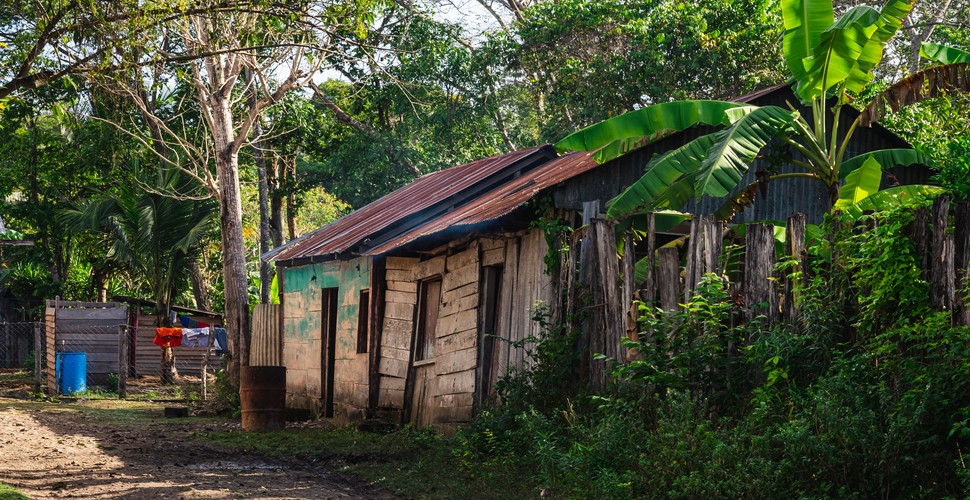
Petén
The Verapaces Region
The Verapaces region is situated in northern Guatemala, in a transitional zone between the Guatemalan highlands and the low-lying plain of the Yucatán Peninsula. It is equally divided between mountains covered in the cloud forest and low-lying rainforest to the north, offering visitors a fascinating and diverse ecosystem that is both home to rare fauna and flora, such as the rare and endangered Quetzal, Guatemala’s national bird, as well as numerous indigenous Mayan communities. Cobán is the region’s capital, a pleasant town surrounded by coffee plantations. It is here where visitors can make arrangements for a cultural immersion experience in local Mayan communities.
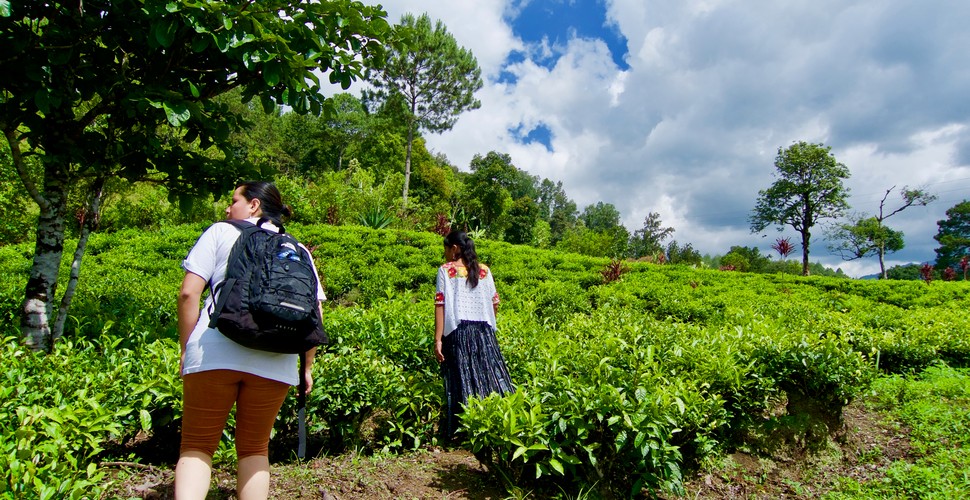
Coban, Alta Verapaz
Rio Dulce
The Rio Dulce drains Eastern Guatemala and reaches the Caribbean sea near the town of Livingston. Like many other parts of Guatemala, the banks of the Rio Dulce, part of a national park, have been settled by Mayans who fled the civil war violence in their home communities. Most of these settlements are illegal, and government services are primarily absent. To help these newly established communities, several NGOs and community projects have begun to develop a basic infrastructure to attract socially and environmentally responsible travelers. Several villages offer homestays, stay at community guesthouses, and guided tours to explore the region’s rich ecosystem.
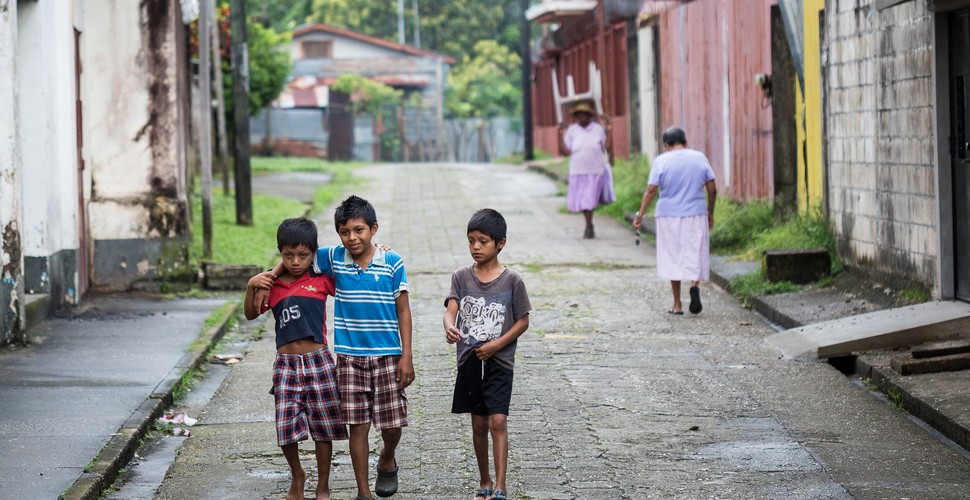
Livingston
If you are interested in visiting a Guatemalan community, contact us here at Va Expeditions for more information!






